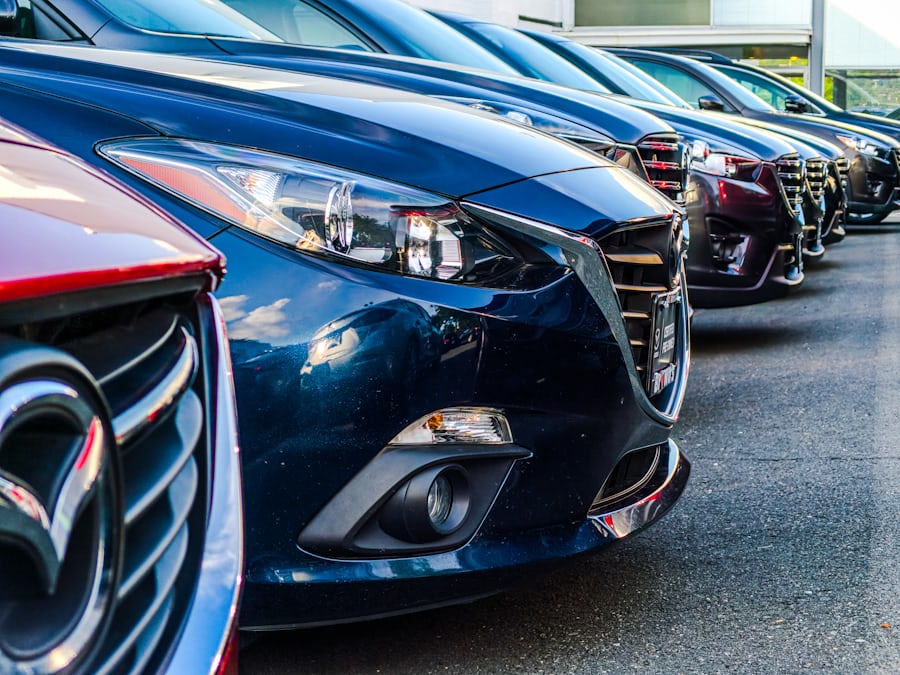Owning a car is, for some of us, completely necessary. Many people live far from work, have kids to drive around, or need their car for other daily reasons. However, buying a brand new car can be expensive and lead to taking on large debt or finance deals.
This is why many people are turning to used cars. For many reasons, used cars are a more efficient and cheaper investment than buying new ones. But, what should you be looking for when purchasing a used car? This handy checklist should help.
Why Buy Used?
The best reason to buy used is simple – financial. When purchasing a new car, as the saying goes, it immediately loses value as soon as it drives off the garage forecourt. There is a lot of truth in this, as cars depreciate rapidly in the first two years of ownership. This is why buying 1-2-year-old cars can be hugely beneficial; someone has already taken away this depreciating value from the vehicle and is now selling it on.
Plus, a car this old is likely to still be in relatively good condition. Used cars are cheaper and therefore far easier to buy for many people. Don’t be put off, there are some great cars at amazing prices to be found.
Choose Your Style
Before you start exploring used car lots or online listings, decide what kind of car you want. Do you want something fun, racy, or sporty for a weekend car, or do you want a daily runaround for important tasks? It’s important to know exactly what you are shopping for before you go looking. Otherwise, you may end up getting excited about a car that is entirely impractical for your personal needs. Know whether you want two or four doors, diesel, petrol, or electric, and how much space you require.
In-Car Device Checks
This may not seem like the first thing you’d think of to check, but that’s exactly why it’s important. Often, when purchasing a car online or in the lot, a good look is taken at the outside of the car and its mechanics, without thinking much about the mod cons within the interior. For example, finding out you have a problem with the car stereo days or weeks after purchasing the vehicle would be extremely disappointing. Get in the car and physically check the radio to make sure it works. The same applies to any charging ports, screens, dashboard features, or navigation tools.
Check The Mileage
The mileage can tell you a lot about the expected lifespan of a vehicle. Obviously, parts may have been repaired or replaced along the way, but generally speaking, a car with much higher mileage is likely to have more issues on the horizon. It will probably be cheaper than a low mileage model in comparison, but that’s simply because the low mileage car should have fewer issues. Things like fan belts, suspension, or electrics tend to die after a certain mileage, so check what your potential car has done and have a good think about the effect it may have had on the parts.
Ask For Repair Logs
Speaking of parts, some may well have been damaged, changed, replaced, or modified during the car’s lifespan. These repairs should have been logged and done by a registered mechanic. If they have no record of any repairs, but it appears that some have been done, you may want to avoid that vehicle. Dodgy repairs can lead to long-term issues with the vehicle, so ask for repair logs and paperwork before making an offer.
Is it Efficient?
These days, cars are becoming more and more efficient, meaning they are cheaper to run and better for the environment. These things are important if you are going to be driving your new car regularly. The last thing you want is a car costing you hundreds of dollars every few days when filling up the gas. It’s quite easy to find information about particular car models and their efficiency online, so have a look at that before making any purchase.
Check Various Dealerships
A great way to get the best deal is to hunt around various car dealerships before committing to any car. It may be very exciting to pick the first car you find and fall in love with, but the dealership just a few blocks away may have an even better car at a lower price. Comparing all the deals from your local area can help you save money, you just have to spend a little time doing it. You may even uncover a gem in another dealership that you hadn’t considered before!
Haggle!
When going to these various dealerships, you can start to build a picture of how much various car models are worth. Then, when you settle on which one to purchase, you know how much you can haggle for. Used cars are not like newer models, there’s always room to haggle. Used car dealers buy their stock at the lowest price possible to try and create a huge profit margin. This means there’s always a gap for haggling. Compare prices at other dealerships like Corwin Motors Kalispell used cars and tell the salesperson that you’ve seen a better deal elsewhere, they will almost certainly offer you a better deal on the car of your dreams.
Exchange Your Car
Finally, it’s always worth asking about a part exchange – if you already own a car, that is. As mentioned, dealerships love to get used cars at low prices. If you have an old car you’re willing to use as part of a trade, you could save yourself even more. They may only offer you 10 or 20% off the value of the car you are looking to buy in exchange for your current car, but it’s an easy deal to make.
Following these tips will help you get your new – used – car at the best possible price, while also knowing it is safe and ready for the road. Make sure you check every detail of the mechanics and in-car entertainment system, then haggle to your best possible price and drive away.


